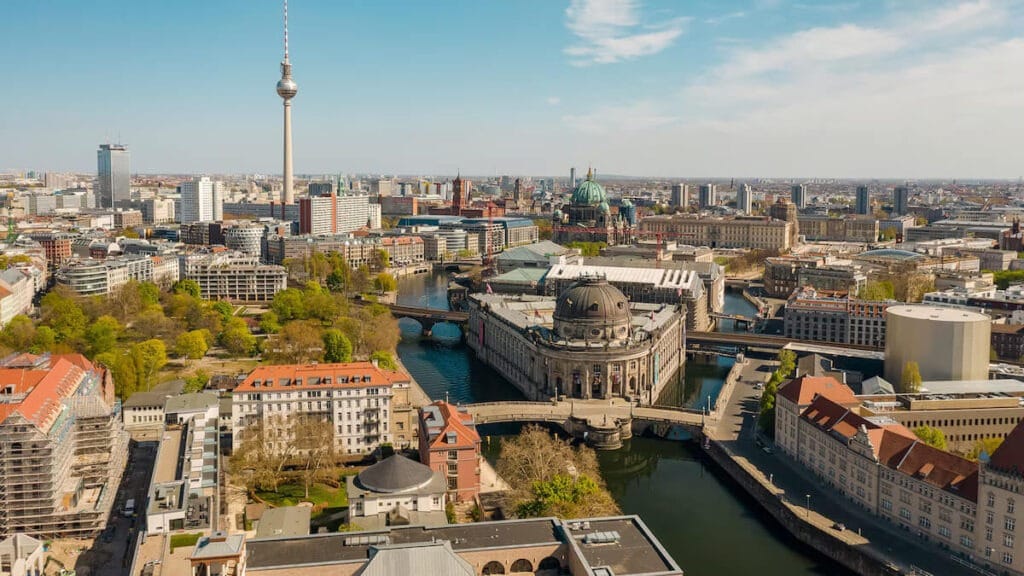A Western Europe travel guide is essential for anyone looking to explore the region’s rich history, vibrant cultures, and world-class cities. Whether you’re a solo traveler, a couple on a romantic escape, or a family on a cultural journey, the western part of Europe offers diverse experiences that can suit every travel style.
From Paris to Lisbon, and Amsterdam to Barcelona, the region is filled with iconic landmarks, hidden gems, and seamless transportation options. This guide provides a complete roadmap to help you navigate the essentials—from planning your trip to discovering the best food, transit hacks, and budget tips.
Western Europe travel guide recommendations can save you time, reduce stress, and ensure you make the most of each day abroad. In a region where every city feels like an open-air museum, knowing where to go and what to expect helps turn good trips into unforgettable ones.
Read on to discover how to structure your travel days, avoid common mistakes, and enjoy a well-balanced, memorable experience through Western Europe.
Western Europe Travel Guide: Planning Your Journey Efficiently
Before booking flights or hotels, outline your itinerary with flexibility. Western Europe travel guide planning starts with identifying which countries or cities you’d like to explore, considering distances, visa requirements, and seasonal weather.
Schengen visa rules apply in most countries, so if you’re traveling from outside the EU, make sure your entry and exit points are aligned with the visa validity. Countries like France, Germany, the Netherlands, and Spain are interconnected through rail and air, making multi-country visits feasible in a short timeframe.
The ideal duration for a well-paced Western Europe travel guide trip is around two to three weeks, which gives you time to explore major cities without rushing. Consider creating a mix of urban hubs like London or Berlin with relaxing spots like the Swiss Alps or Portugal’s coastal villages.
Apps like Rome2Rio, Google Trips, and TripIt can help manage bookings and routes in one place. Organizing your daily plan before you go ensures less decision-making stress on the ground.
Top Cities To Visit For First-Time Travelers
A Western Europe travel guide wouldn’t be complete without recommending the must-see cities that deliver unforgettable experiences, especially for newcomers.
Paris, France: The Eiffel Tower, Louvre Museum, and Seine river cruises offer a dreamy start to your European journey.
Barcelona, Spain: Known for Gaudi architecture, tapas culture, and vibrant street life, it’s a favorite among art and food lovers.
Amsterdam, Netherlands: With its iconic canals, bike-friendly streets, and Van Gogh Museum, the city combines charm and modernity effortlessly.
Vienna, Austria: Often underrated, Vienna is a treasure of classical music, imperial palaces, and elegant cafés.
Lisbon, Portugal: A coastal city with hills, tram rides, and soulful Fado music—perfect for travelers seeking warmth and color.
Each of these cities has its own rhythm, and even within a short trip, you can taste a wide variety of languages, histories, and aesthetics.
In every Western Europe travel guide, these destinations act as anchor points around which other, smaller day trips or excursions can be built.
Western Europe Travel Guide: Best Local Foods To Try
Food is one of the highlights of any Western Europe travel guide, as the region boasts some of the world’s best culinary traditions. Whether you’re indulging in French pastries or German sausages, every country has something unique to offer.
In France, try croissants, escargot, and regional cheeses paired with local wines.
Italy, though technically Southern Europe, is often included in western itineraries—don’t miss pasta, gelato, and espresso culture.
In Spain, explore tapas, churros with chocolate, and seafood paella by the coast.
Germany offers hearty meals like bratwurst, schnitzel, and pretzels with mustard.
Belgium delights with waffles, fries, and world-renowned chocolates.
Markets, street vendors, and family-run bistros often provide the most authentic experiences. A smart Western Europe travel guide encourages eating like a local—small meals, shared plates, and trying something unfamiliar.
Food tours and cooking classes are also a great way to immerse yourself in the culture beyond just sightseeing.
Navigating Trains And Flights Across The Region
One of the biggest advantages highlighted in every Western Europe travel guide is the region’s advanced transportation system. Traveling between cities is easy, fast, and often scenic.
Trains like Eurostar, Thalys, and ICE are high-speed options connecting major hubs. They are comfortable, punctual, and ideal for travelers who prefer avoiding airport stress. Booking early often means significant savings.
Budget airlines such as Ryanair, easyJet, and Wizz Air offer cheap alternatives, especially for longer distances. However, you should factor in hidden costs like luggage fees and airport transfers.
Public transportation within cities is also efficient. Most capitals have metro systems, trams, or city bus passes that make getting around convenient and cost-effective.
A good Western Europe travel guide always advises combining transport modes. For example, fly into one city, train through three others, and fly out from your last stop to avoid backtracking and save time.
Western Europe Travel Guide: Money-Saving Tips For Every Budget
Western Europe has a reputation for being expensive, but with smart planning, it can be surprisingly affordable. A well-informed Western Europe travel guide shares these money-saving strategies:
Book in advance: From flights to museum tickets, early booking often means better rates.
Travel in shoulder seasons: Late spring and early autumn offer good weather and lower prices compared to peak summer.
Use city cards: Passes like Paris Pass or Berlin WelcomeCard include transport and discounted entries to major sites.
Eat lunch out, dine in: Many restaurants offer cheaper lunch menus, and grocery stores are great for dinner picnics.
Stay flexible: Being open to budget hotels, hostels, or shared accommodations can cut costs significantly.
Avoiding tourist traps, skipping overpriced attractions, and walking instead of taking taxis are simple ways to manage your expenses.
Even with a modest budget, a Western Europe travel guide can help you curate a luxurious experience by choosing quality over quantity—fewer locations, deeper experiences.
See you in the next post,
Anil UZUN


